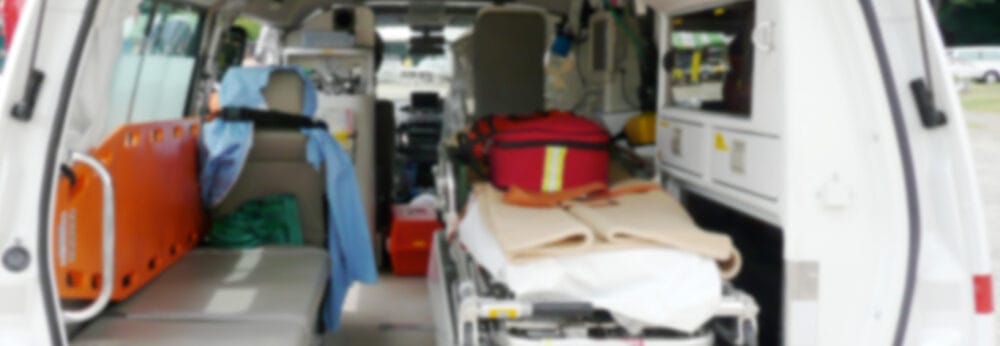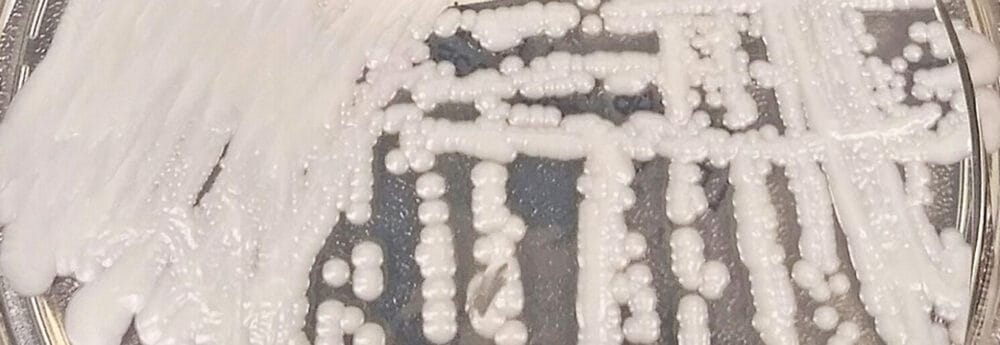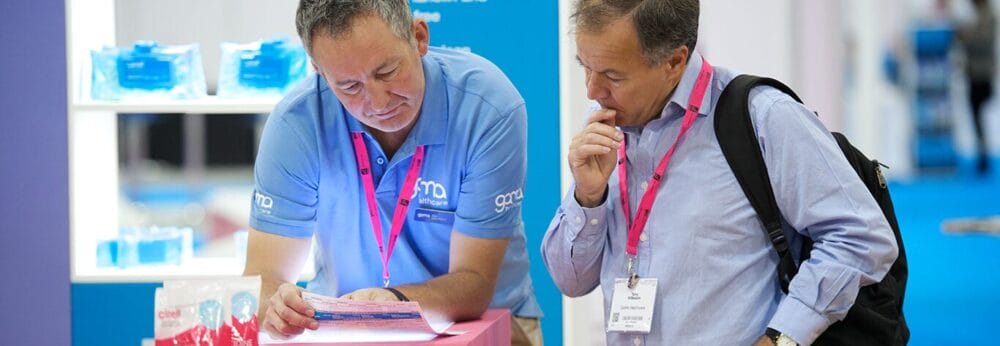Posts Tagged ‘SURFACE DISINFECTION’
Emergency! Addressing contamination with antibiotic-resistant bacteria in ambulances
The last thing you need if you require the services of an emergency ambulance is exposure to antibiotic-resistant bacteria from contaminated surfaces. A recent US study suggests that this is commonplace, finding MRSA environmental contamination in every single emergency ambulance tested! These findings reinforce the need for thorough cleaning and disinfection of emergency ambulances. The study team…
Read MorePutting disinfectants through their paces using Candida auris dry surface biofilm efficacy testing
Candida auris is a high-profile emerging pathogen, which has caused large outbreaks both in the UK and elsewhere. C. auris can causes widespread environmental contamination, and isn’t susceptible to all disinfectants. This new study from Cardiff University extends previous findings by developing a dry surface biofilm efficacy testing model for C. auris. Worryingly, half of the disinfectants tested barely touched the C. auris in…
Read MoreUpdates from the Healthcare Infection Society’s 2018 conference
We enjoyed the recent Healthcare Infection Society’s 2018 conference in Liverpool, and thought we’d share a few highlights. You can view all of the submitted abstracts here and the invited abstracts here. The role of the environment in the transmission of HCAI was a strong theme throughout the conference, with key speakers discussing the relative importance of contaminated…
Read MoreExtensive environmental contamination with carbapenem-resistant Acinetobacter baumannii
A study from Singapore has highlighted extensive environmental contamination with carbapenem-resistant Acinetobacter baumannii in the ICU. This reinforces the need for enhanced environmental measures to reduce the transmission of carbapenem-resistant Acinetobacter baumannii in the ICU setting. Carbapenem-resistant Acinetobacter baumannii is in many ways a scary organism: it’s highly resistant to antibiotics with few therapeutic options left in some cases, seems to spread readily…
Read MoreColistin resistance genes found lurking on hospital surfaces
The emergence of colistin resistance in antibiotic resistant Gram-negative bacteria like CPE is a real concern. An Italian study just published has discovered colistin-resistance genes (mcr-1) on hospital surfaces. This raises the worrying possibility that hospital surfaces could be an important reservoir from which colistin resistance genes could spread to bacteria that cause healthcare-associated infection, making infections…
Read MoreAre surfaces a hidden reservoir for Mycobacterium contamination of heater-cooler units?
There’s an emerging global epidemic of Mycobacterium chimaera infections following cardiothoracic surgery associated with contaminated heater-cooler units (machines that are used in theatre during some procedures). It has been established that water within the machines can become contaminated with Mycobacterium species, and that this can create a bio-aerosol that finds its way into the surgical field and causes an…
Read MoreDry surface biofilms: it’s time for action
We blogged last week about a lab study illustrating the potential for dry surface biofilms to harbour bacteria that can then be transferred via the hands of healthcare workers. This week, a new study in the Journal of Hospital Infection illustrates dramatically the scale of the problem of dry surface biofilms in hospitals: a whopping 95% of 61 surfaces…
Read MoreThe role of dry surface biofilm in spreading hospital pathogens
We have discovered only in recent years that dry surface biofilms are commonplace on hard surfaces in hospital. A recent Australian study illustrates clearly (and alarmingly!) that bacteria can be transferred from dry surface biofilms to the hands of healthcare workers – and so probably have an important role in transmission. This simple lab study evaluated the…
Read MoreFurther evidence that UV room decontamination reduces transmission in hospitals
A study published in the Lancet Infectious Diseases provides further evidence that UV room decontamination reduces transmission in hospitals. The multicentre cluster-randomised study showed that introducing UV room decontamination for selected patient rooms resulted in a hospital-wide reduction in C. difficile and VRE acquisition compared with standard methods of decontamination. This is a companion article to the BETR-D study that was…
Read MoreDisinfectant wipes mop the floor with chlorine solution
There are few well-controlled studies investigating the impact of disinfectant wipes in a clinical setting compared with standard methods. A study from a group of researchers in Cardiff shows that one-step cleaning and disinfectant wipes are more effective than two-step detergent and chlorine solution cleaning / disinfection in removing microbial contamination from hospital surfaces. What was the…
Read More




